Mixed Shopping Cart for Retail: ICSC Show Report
Construction challenges, retailer demand and the prospects for 2024 were the talk of the organization’s annual New York City event.

Retail real estate professionals at ICSC’s New York City event expressed confidence in retail demand. Photo by Paul Rosta
Attendees at ICSC’s annual New York City conference presented a wide range of impressions of the diverse sector. Upbeat projections for leasing in certain segments mixed with the reality that building new product is a tall order these days.
On the plus side, “Retail is literally the primary asset class,” asserted Kristin Mueller, JLL’s president of retail property management. “That is a twist and a turn and a change. The last time people were so upbeat about retail was the 80s and 90s.” Retailers want to expand at a time when suitable space is hard to find, she added.
The resurgence of consumer demand is giving the sector an unexpected rebound. “If you look across the commercial real estate spectrum, retail is in something of an enviable position,” despite considerable economic uncertainty, noted Brandon Isner, CBRE’s head of retail research for the Americas. “The overall market is tightening, and a lot of retailers are still in expansion mode.”
READ ALSO: Why Prime Urban Retail Corridors Are Thriving
A recent trend that Isner has picked up from REIT earnings calls: retailers that typically build standalone stores are now showing renewed interest in taking second-generation space in existing properties.
Development and investment present a complex picture as 2024 approaches. “I’ve never seen a wider gap in what owners think properties are worth and where buyers are willing to plant their flag and make an investment,” said Jason Baker, principal at Houston-based Baker Katz.
The twin pressures of high borrowing costs and construction costs indicate that large-scale new construction won’t start up again until mid- to late 2024. That won’t entirely stop planning, however. “I do think we’ll see a lot of landlords taking out site plans and blowing the dust off,” Baker said.

Vestar EVP Jeff Axtell reports that the firm is developing five retail centers in the Phoenix market. Photo by Paul Rosta
And investors are finding ample pockets of opportunity in some markets. Population growth and inadequate product are prompting retailer demand in the Phoenix market. “Everybody’s really positive about the long term,” reported Jeffrey Axtell, executive vice president at Vestar, which is developing five new retail projects in the market. Retailers are working on deals for new locations that will open in 2025 and beyond, he noted. Last month Vestar announced that had signed anchor tenants at Verrado Marketplace, in Buckeye, Ariz. The 512,000-square-foot open-air center is scheduled to debut in late 2025.
“2024 is going to be a transition year where we work through some of the hurdles, such as the interest rate environment and construction costs,” predicted Axtell.
Adding a multifamily element to redeveloped or backfilled properties is also a trend. For example, a vacant Big Lots store in Laguna Niguel, Calif., was leased by Savers, reported Lea Clay Park, a veteran tenant representation specialist at Axiom Retail Advisors.
Ground-up advantage

Retail professionals talk deals at ICSC’s New York City event on Dec. 7. Photo by Paul Rosta for CPE
And despite the challenges, sometimes building new retail is still the cost-effective strategy, despite the high cost of construction. ”The bids on repurposing existing space have ballooned to the point where it’s really more economical to tear down and rebuild,” commented Curtis Frost, CEO of WMG Development.
Rent growth will continue in early 2024, if at a slower pace than it did earlier this year: 2 percent in the first quarter, compared to 2.5 percent in the first quarter of 2023, according to CBRE projections. Then the pace of rent appreciation will start ticking up later in the year, Isner noted.
Yet in some cases, demand for space, combined with expiration of significantly underpriced leases, also points to opportunities for rent growth. Baker reports that some retail space is commanding 40 percent to 50 percent increases at renewal.

“For the first time in years, there’s a lot of institutional capital that’s interested in retail again,” noted Poag Development Group CEO Josh Poag during ICSC’s annual New York City show. Photo by Paul Rosta
Owners also reported that some retailers are changing their lease structures. As an alternative to higher rents for 10-year leases, some retailers are negotiating 15- to 20-year leases in exchange for smaller rent increases. Yet by reducing rental rates and revenue, the longer leases also potentially complicate future deals. “I do think that if they make 15-year leases standard, it will create a real problem for assets that are ready to be leased or sold,” Frost predicted.
The cost of capital remains a pain point, but a decrease of even 50 basis points in the Federal Reserve’s benchmark rate will help open the spigot for development and investment, predicted Josh Poag, president & CEO of Poag Development Group. “We want to be in a position where, when that happens, we’ll be off to the races,” he said.

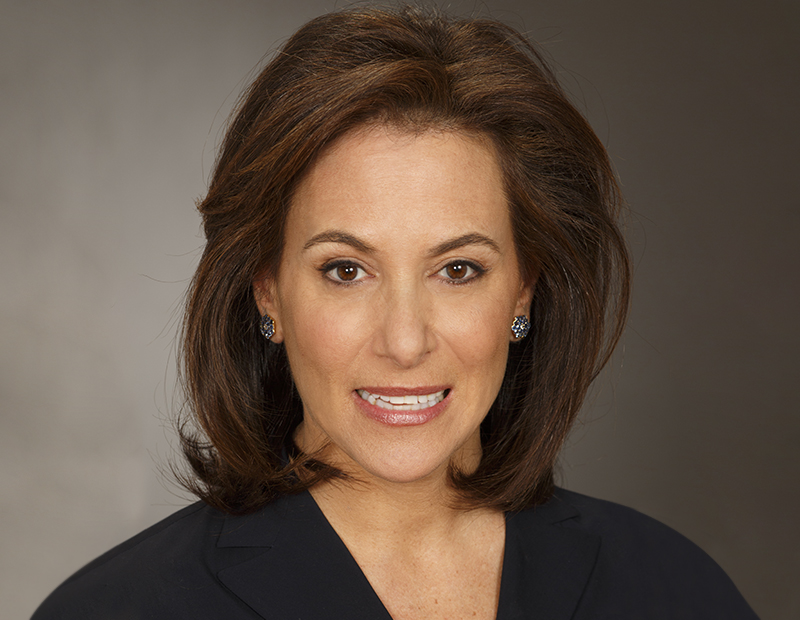
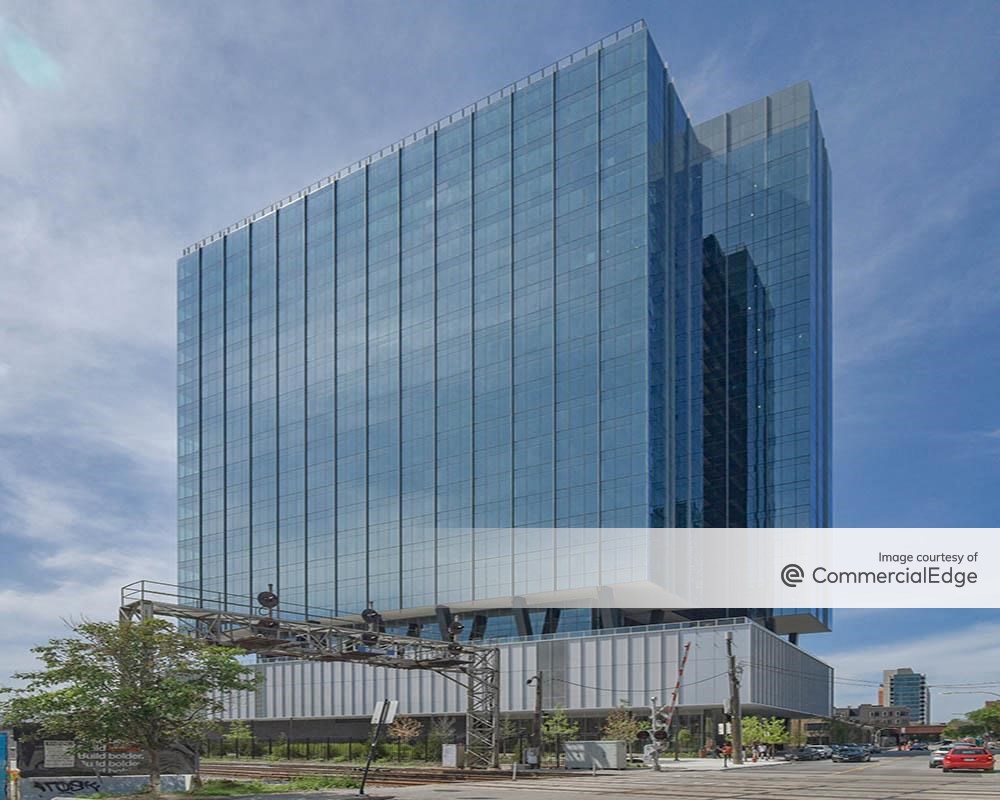
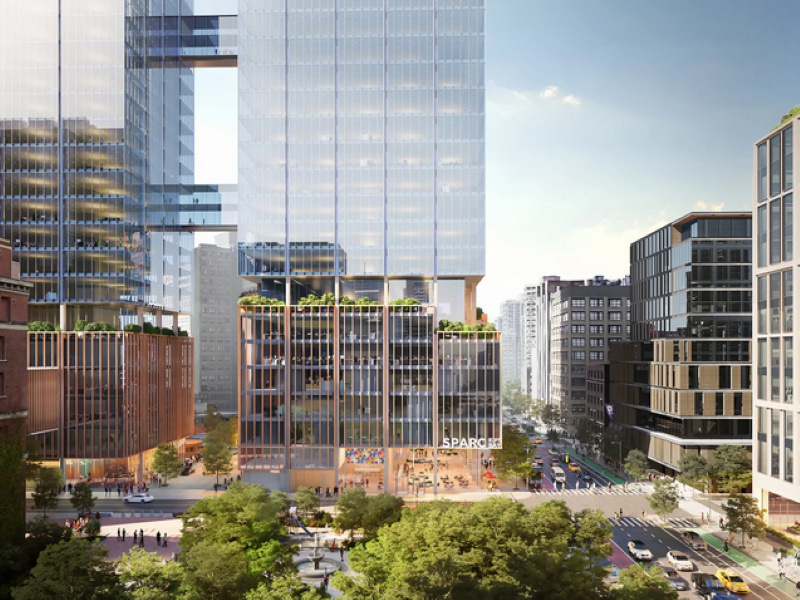

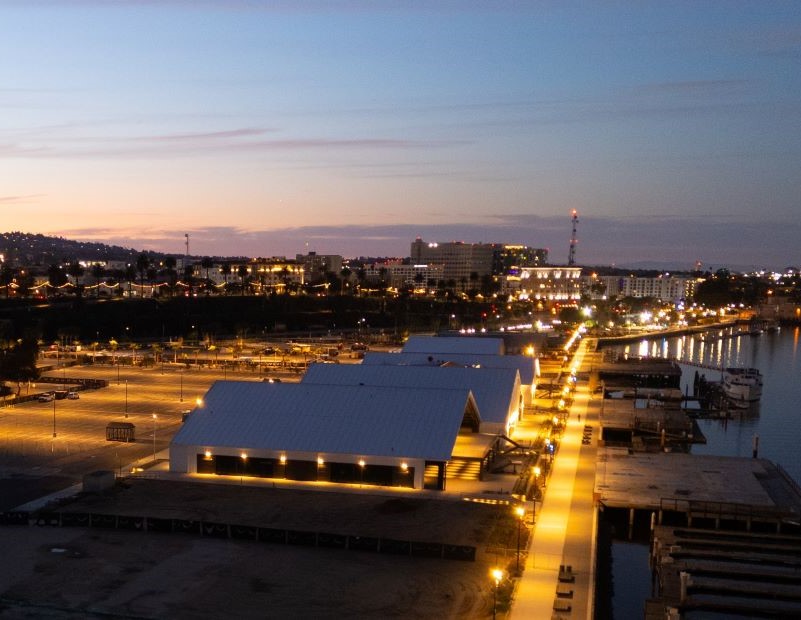
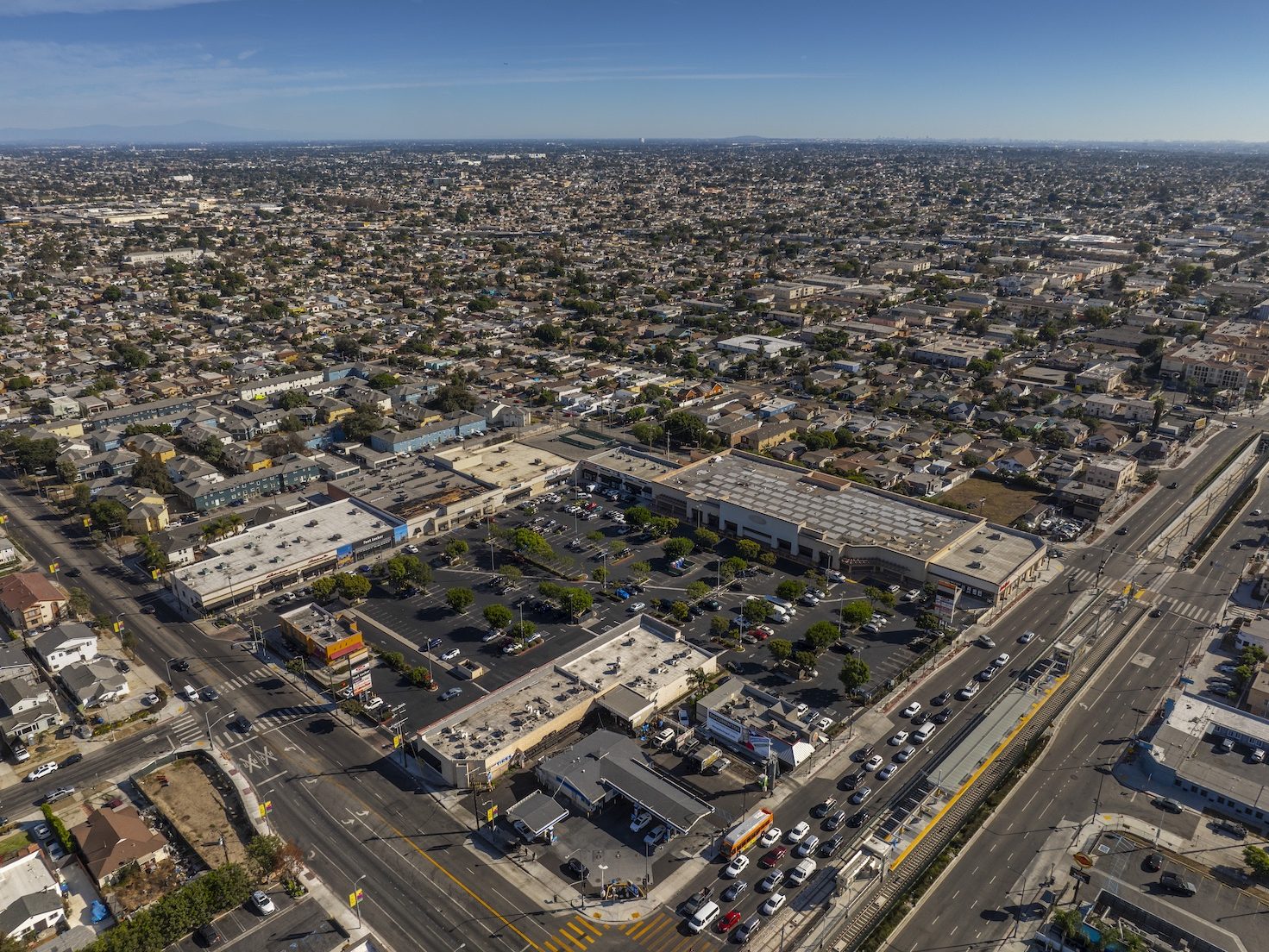
You must be logged in to post a comment.